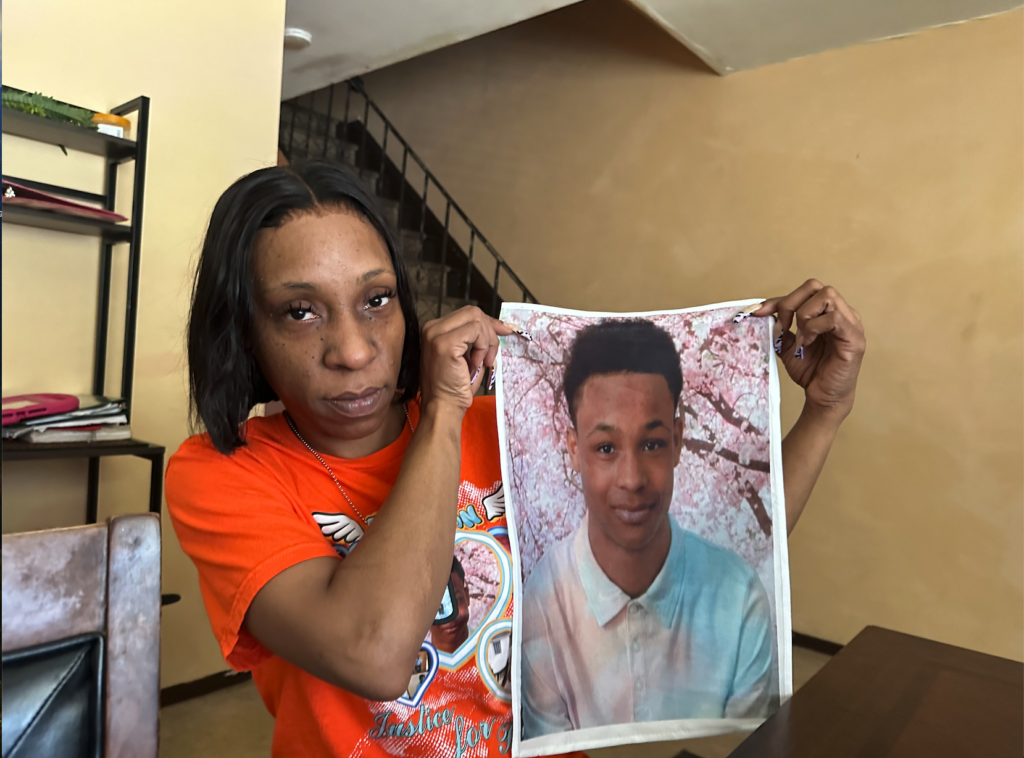Editorial: Poor timing for rally to loosen COVID-19 restrictions

The timing of a rally last Friday in Hauppauge urging loosening of COVID-19 restrictions couldn’t have been less opportune.
As the news spread across the nation that President Trump, the first lady and others in the White House tested positive for the coronavirus, representatives of catering halls gathered to call on Gov. Andrew Cuomo to give their businesses leeway to host larger parties during the ongoing pandemic.
After all, what could possibly go wrong?
Consider the rate at which the virus has spread at the White House: As of Wednesday morning, more than 20 people who had been in contact with the president or attended White House or campaign events have been confirmed to test positive, according to The New York Times. Among them were several who attended a Rose Garden ceremony with Supreme Court nominee Amy Coney Barrett, where masks and social distancing were limited.
Those attending Friday’s rally in Hauppauge appealed to the governor to allow catering facilities to operate at up to 50% capacity, the same as restaurants. Currently, catering facilities — regardless of size — can host a maximum of only 50 people at a time.
Riverhead Councilwoman Jodi Giglio, the Republican candidate for state Assembly, helped organize the rally and called for weddings, Sweet 16s and other ceremonies that were put on hold due to the pandemic to now proceed.
The councilwoman and others argued that restaurants are allowed to be open at 50% capacity, so catering halls should be allowed as well.
Of course, there’s one major difference. At restaurants, people sit by themselves during their meals. The only interaction with other patrons might be crossing paths en route to a restroom. At weddings, people crowd together on dance floors, congregate at bars and remain together for several hours. People at weddings and Sweet 16s tend to know each other.
To allow indoor receptions with potentially 100 or more people ignores the risk of super-spreader events, which have been proven to trigger localized outbreaks of the virus. Now’s not the time to ignore the science because it’s inconvenient for a teenager’s birthday party.
An August wedding in Maine has now been linked to eight fatalities and 180 infections. A state health inspector’s report investigating that outbreak found that guests had their temperatures taken at the door, all of which read normal, according to the Bangor Daily News in Maine. Staff at the venue wore masks and signs at the door encouraged guests to do the same. But when guests failed to heed that guidance, or maintain social distancing, the virus spread not only among them, but far beyond into the community, where it turned deadly.
A report by the Centers for Disease Control and Prevention back in June noted that superspreading events “are associated with both explosive growth early in an outbreak and sustained transmission in later stages.” The report went on to note that in a “study of 110 case-patients from 11 clusters in Japan, all clusters were associated with closed environments, including fitness centers, shared eating environments, and hospitals.”
Studies on COVID-19 have shown that some positive patients are more likely to transmit the disease than others. The Los Angeles Times reported on a study last week that found “just 8% of people with COVID-19 accounted for 60% of the new infections observed among the contacts.” Seven out of 10 COVID-19 patients were not linked to new cases, according to the study, published in the journal Science.
Superspreading events are almost always inside, where transmission is 18 times more likely than outdoors, according to the Nebraska Medical Center. Vocalization, such as loud talking and singing, is another key factor in a superspreader event.
The pandemic’s effect has undoubtedly been painful for all businesses that rely on bringing together large groups of people. There’s no disputing that. Catering halls and other associated businesses, like disc jockeys and flower shops, are suffering.
But the solution is not to dismiss the science and proceed anyway. Even at 50% capacity, some catering halls could be hosting more than 100 people, and enforcing face masks and social distancing could become an impossible task.
Let’s continue to do our part to limit the risk of superspreader events.








